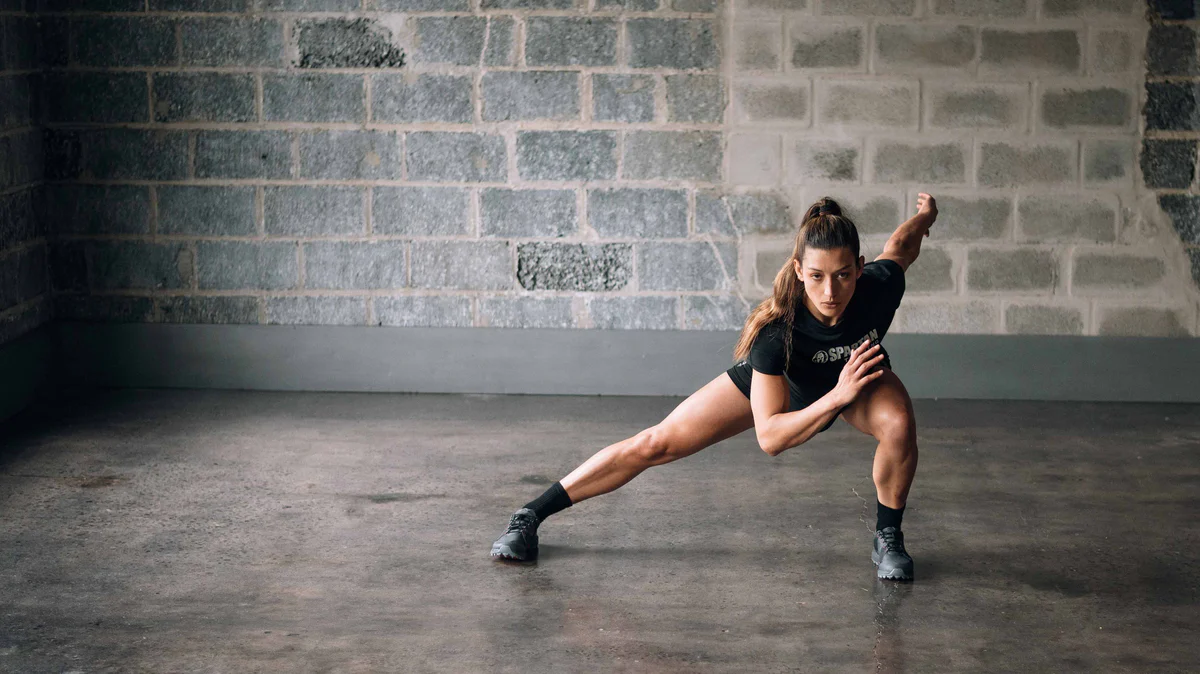Introduction to Functional Fitness
In a world where fitness fads come and go, functional fitness remains a powerful contender. Imagine training your body not just for the gym but for real-life challenges—lifting groceries, climbing stairs, or chasing after kids. Functional fitness is all about building strength and endurance that transfer to everyday activities. It’s practical, efficient, and incredibly rewarding.
Whether you’re an athlete looking to enhance performance or someone simply wanting to feel stronger in daily life, functional fitness has something for everyone. Let’s dive into what makes this approach so effective and how you can incorporate it into your routine seamlessly. Your journey toward improved everyday strength starts here!
The Benefits of Functional Fitness
Functional fitness offers a multitude of benefits that extend beyond the gym. It emphasizes movements mimicking daily activities, making it easier to perform tasks like lifting groceries or climbing stairs.
One significant advantage is improved overall strength. By engaging multiple muscle groups simultaneously, functional workouts enhance core stability and balance. This translates to better performance in everyday life.
Endurance training is another key benefit. Functional fitness routines often incorporate high-intensity elements, boosting cardiovascular health while building stamina for prolonged activities.
Flexibility also sees a boost through these dynamic exercises. Enhanced flexibility reduces the risk of injury and improves posture.
Additionally, functional fitness fosters mental well-being. The varied nature of these workouts keeps boredom at bay, encouraging consistency and motivation over time. Embracing this style can lead to greater confidence in your physical capabilities.
Key Elements of a Functional Fitness Workout
Functional fitness workouts focus on movements that mimic everyday activities. This approach enhances overall performance in daily tasks, making it accessible for everyone.
Key elements include multi-joint exercises. Movements like squats and lunges engage several muscle groups simultaneously. This not only builds strength but also improves coordination.
Core stability is another critical aspect. A strong core supports balance and posture, essential for maintaining functionality throughout the day.
Incorporating resistance training is vital too. Using weights or body weight increases endurance while enhancing muscle tone.
Flexibility exercises are crucial for injury prevention and mobility improvement. Stretching helps maintain a full range of motion, which is key to executing movements efficiently in real life.
These components work together to create balanced workouts that prepare your body for whatever challenges you face daily.
Exercises for Functional Strength and Endurance
To build functional strength and endurance, focus on exercises that mimic daily movements. These workouts help you lift, push, pull, and carry—essential activities for everyday life.
Squats are a fantastic choice. They target your legs while engaging the core. Try variations like goblet squats or single-leg squats to increase difficulty.
Another excellent exercise is the deadlift. This movement strengthens your back, hips, and legs simultaneously. Use proper form to prevent injury; think about hinging at the hips rather than bending at the waist.
Push-ups can’t be overlooked either. They engage multiple muscle groups and improve upper body strength as well as stability.
Incorporate kettlebell swings into your routine for a full-body workout that boosts endurance while building power in your hips and lower back.
These exercises create synergy between strength and endurance training, ensuring you’re prepared for whatever challenges come your way throughout the day.
Incorporating Functional Fitness into Daily Life
Incorporating functional fitness into your daily life can be both simple and effective. Start by integrating exercises that mimic everyday movements. For instance, squats can replace sitting down or standing up from a chair.
Consider using bodyweight workouts during breaks at work. A few push-ups or lunges in the office can boost energy levels without requiring extra time at a gym.
While grocery shopping, challenge yourself to carry heavier bags for added resistance training. This not only builds strength but also enhances your endurance for those longer trips.
Utilize household chores as workout opportunities. Vacuuming, gardening, and cleaning involve lifting and bending—perfect for functional training!
Opt for stairs instead of elevators whenever possible. It’s an easy way to elevate your heart rate while engaging multiple muscle groups.
Remember, every small effort counts towards building everyday strength and improving overall fitness!
Common Misconceptions about Functional Fitness
Many people mistakenly believe that functional fitness is only for athletes or those training for specific sports. In reality, it’s designed for everyone. The focus on everyday movements makes it accessible and beneficial regardless of your fitness level.
Another common misconception is that functional workouts require specialized equipment or expensive gym memberships. You can achieve significant results using just your body weight or simple household items.
Some think functional fitness solely emphasizes strength at the expense of other areas like flexibility or endurance. However, a well-rounded program incorporates all these elements to enhance overall performance in daily activities.
There’s the idea that functional training lacks excitement compared to traditional workouts. On the contrary, its dynamic nature offers variety and keeps you engaged while making strides toward better health and vitality.
Conclusion: Why Everyone Should Consider Adding Functional Fitness to Their Routine
Functional fitness is more than just a workout style; it’s a lifestyle approach that enhances everyday strength and endurance. By incorporating functional training into your routine, you empower yourself to tackle daily tasks with ease and confidence. Whether you’re lifting groceries, playing with kids, or climbing stairs, the benefits of this training method extend beyond the gym.
With its emphasis on full-body workouts that mimic real-life movements, functional fitness can dramatically improve your quality of life. You’ll not only build strength but also increase flexibility and coordination. This holistic approach caters to individuals of all ages and abilities.
Embracing functional fitness means prioritizing your body’s needs in practical ways. It encourages mindfulness about how we move through our environment while making exercise enjoyable and relevant. As you explore various exercises tailored for both strength and endurance, you’ll find yourself equipped with valuable fitness tips that carry over into every aspect of life.
Consider adding this form of training to your regimen. With its multitude of advantages—strengthening muscles used in daily activities while fostering greater overall health—functional fitness stands out as an essential component for anyone looking to enhance their physical capabilities now and in the future.






